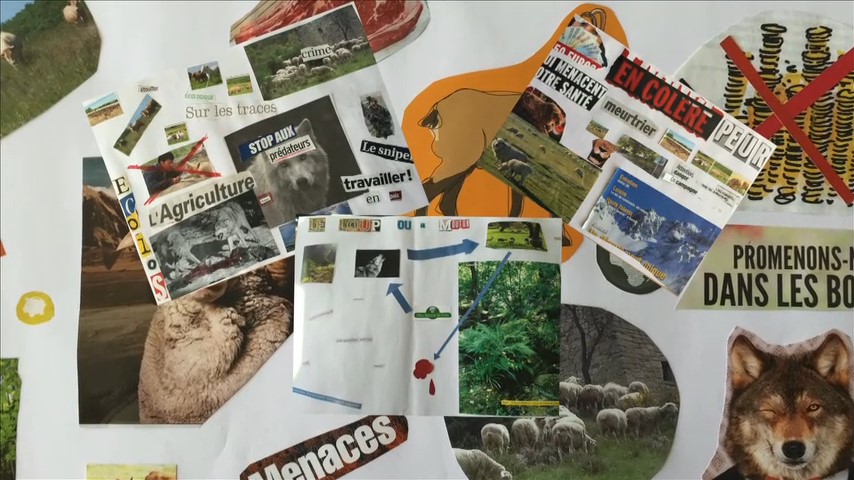Enlightening conceptions about animal welfare
Issue
It is inconceivable that animal welfare does not trigger representations, emotions. The animal is part of our collective imagination, of our life. And this is undoubtedly one of the interests of the socially acute questions: they do not leave anyone indifferent. This does not mean, however, that the person is aware of this and that the teacher is himself aware of the representations that students can convey. He is often surprised. Expression of students' representations of animal welfare is of interest to the learner and the teacher: this allows the learner to become aware of what has previously remained implicit for him/her, but also sometimes enables deposition of emotions in a calm environment as long as the listening is respectful. It gives them the opportunity to situate themselves in relation to the group. It allows the teacher to highlight the emotions, imaginations, body attitudes, values and knowledge at play, as well as potential controversies that may be hidden within the group. The educator will use their expression to define the main obstacles to be overcome but also the levers to build his/her pedagogy. It's a bit like making a preliminary inventory of the land, materials and tools available before the construction of a building.This step also contributes to instilling an atmosphere of trust within the group.
Objective
For the educator: collect the learners’ conceptions about animal welfare; to identify the main obstacles to overcome and the related levers.For the learner: awareness of one’s own conception, to take into consideration the variety of conceptions.
Methods and tools
We suggest three tools that allow these conceptions to emerge depending on the teacher's intention:1. A Q-sort (Qualitative-sort) that allows representations to emerge and enables dialogue around controversies previously chosen by the teacher. We give as an example one that will allow us to question certain points of view of animal welfare.
2. A photo-montage which invites the learner to make a drawing and/or collage reflecting their feelings towards animal welfare. A possible variant may be the use of a photolanguage. The learner chooses from different photos, the one that corresponds to his or her feelings, which he or she explains to the group.
3. The argument battle: this makes it possible to collect the arguments present among the participants. The facilitator divides the class into two sub-groups: pro-animal welfare and against-animal welfare. Each group develops the arguments that are important to them. This is be followed by an argumentative joust between two representatives from each group.
4. A movie from Anicare or a movie made by the learner.
Pitfalls
- There is a risk that the teacher is not aware of his/her own emotions concerning animals and animal welfare. This fact may strongly affect the atmosphere and the teacher’s attitudes towards the learners.
Recommendations
Students without experience of herding don’t have the same conceptions as farmer trainees who have a lot of experience with animals. This means that the tool has to be adapted to the level of knowledge of the learners. The photo-montage is interesting for learners with a reluctance to write.The number of affirmations used in the Q-sort, must be adapted to the time available. An excess of sentences to be processed may affect the quality of the learner's thinking. Sentences should be chosen according to the problems to be dealt with later.
Movies of practices are good triggers for learners who already have experience in herding.
Examples/testimonials
In the following picture, the learners had to elaborate a photo-montage about the reappearance of the wolf and the welfare of the breeder and the sheep.They had revues from different newspapers to find pictures. They presented their respective posters to the class.













